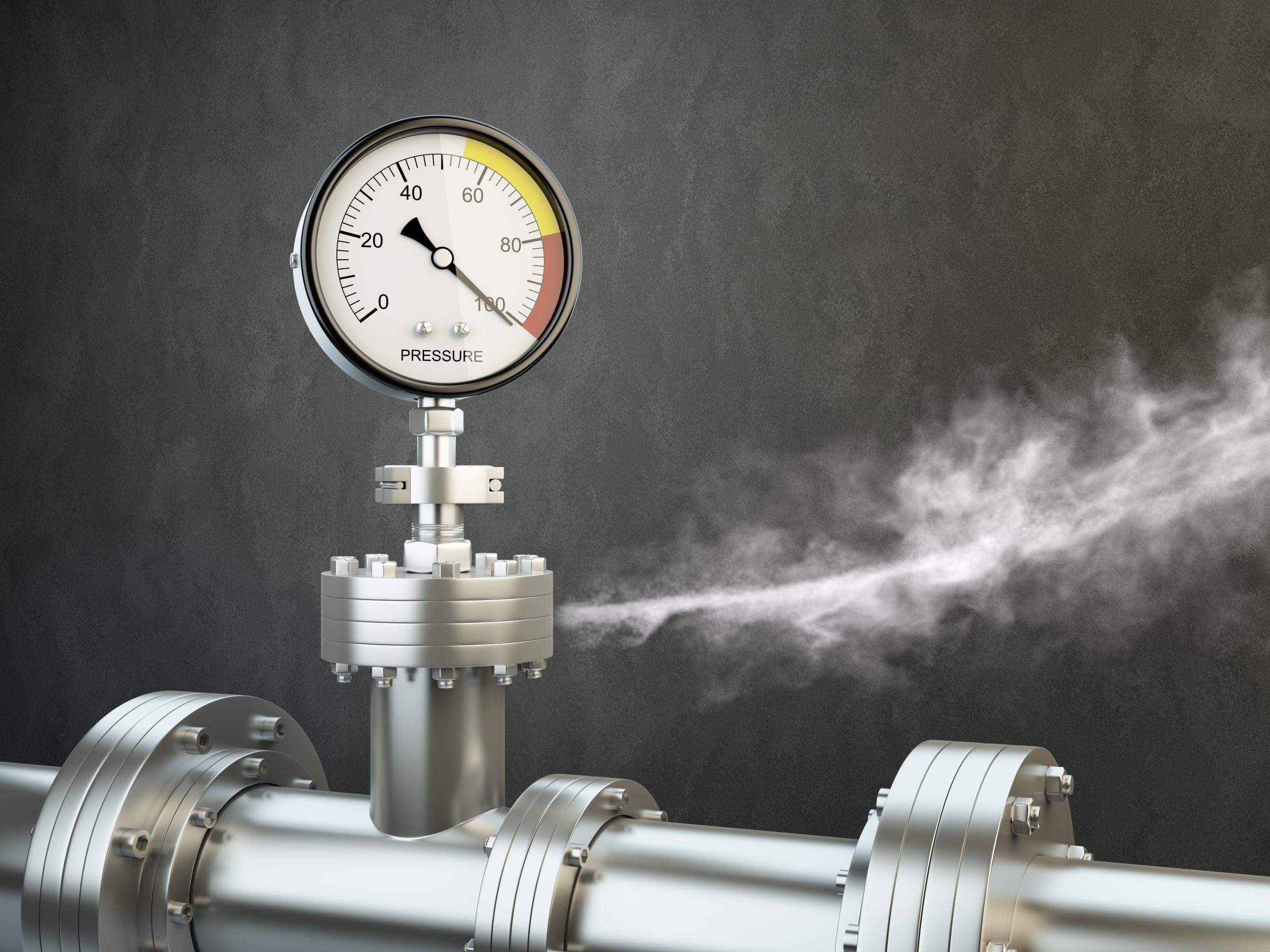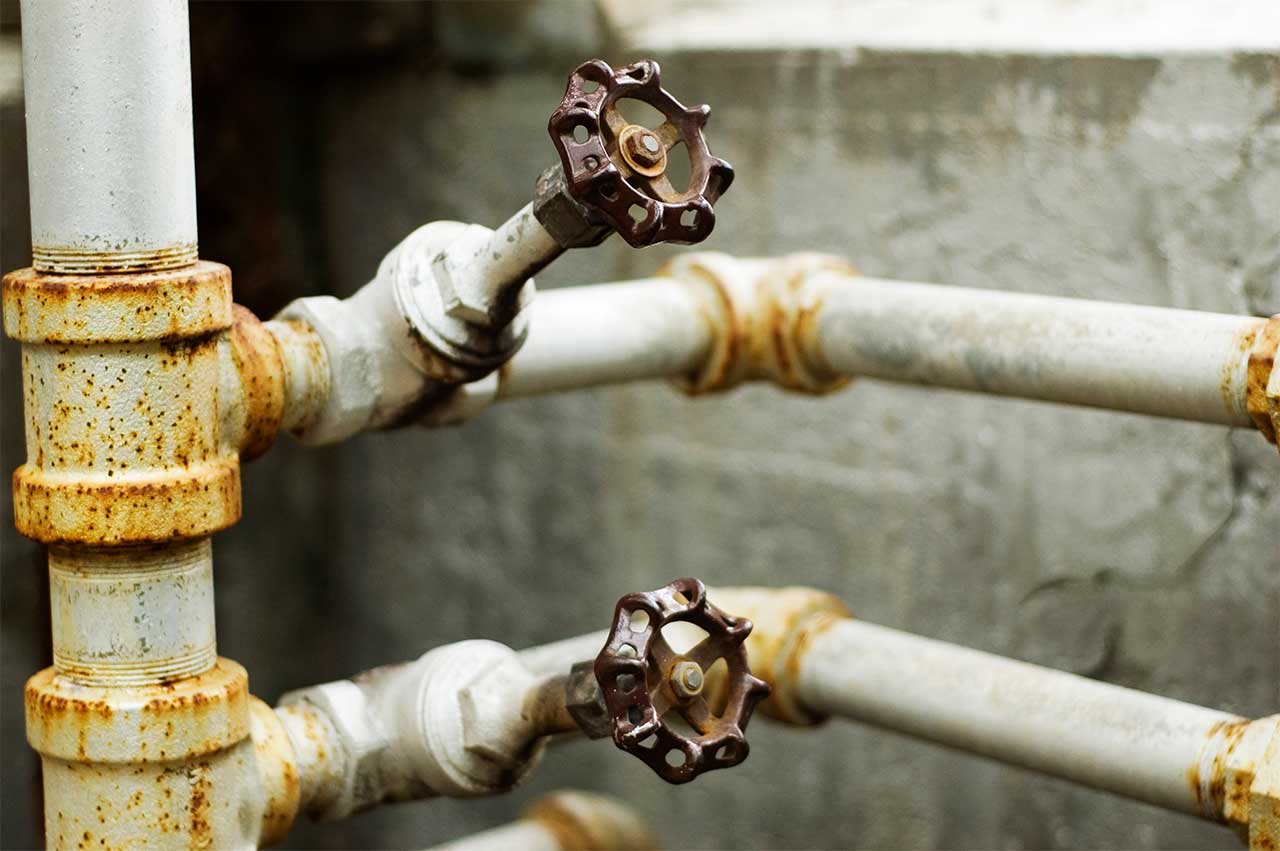Are you aware of the silent threat lurking within your home's infrastructure? Gas leaks, often invisible and insidious, pose a significant risk to your health and safety, demanding immediate attention and proactive measures.
The potential consequences of a gas leak are far-reaching, impacting both your immediate well-being and the long-term health of your environment. These leaks, regardless of their size, represent a dangerous event that demands swift action to prevent harm to people, animals, and surrounding plant life. A gas leak is not merely an inconvenience; its a potential catastrophe waiting to unfold.
Let's dissect the nature of gas leaks, their potential dangers, and the effective strategies to mitigate the risks they pose. Our understanding of gas leaks, combined with prompt and appropriate action, is the first and most crucial step in ensuring your safety.
The primary threat stems from natural gas, which is highly flammable. Any sparka match, a light switch, or even static electricitycan ignite the gas, leading to a fire or explosion. Beyond the immediate risk of fire, gas leaks also present a health hazard.
Exposure to leaking gas can cause a range of physical symptoms, including headaches, nausea, dizziness, fatigue, eye irritation, and skin blisters. It can also lead to difficulty breathing. Because of the inherent dangers, everyone must be aware of gas leaks, irrespective of their living situation, and be equipped to handle this potential threat effectively.
While gas leaks can occur at any location where gas lines exist, certain spots are prone to problems. The risk of a leak is increased where pipes connect, namely at fittings. Old shut-off valves, tees, unions, flexible supply lines, regulators, and risers are all common locations where leaks can develop. These connections are vulnerable to wear and tear, corrosion, and other factors that can compromise their integrity.
Gas Leak Information: A Comprehensive Overview
| Aspect | Details |
|---|---|
| Definition | An unintended release of gas (e.g., natural gas, methane) from its containment system, such as pipes, into the surrounding environment. |
| Causes | Corrosion, damage to pipes (e.g., from construction, tree roots, ground movement), loose fittings, faulty appliances, and deterioration of components. |
| Hazards |
|
| Detection Methods |
|
| Immediate Actions |
|
| Prevention |
|
| Professional Help | A professional should be called for any gas leak, no matter the size. |
One crucial aspect of safety is early detection. Natural gas is, by its nature, colorless and odorless. To aid in detection, a distinct smell, often described as rotten eggs, is added. This smell is a clear warning, designed to alert you to the presence of a leak.
In addition to smell, you can often detect a leak by sound, such as a hissing noise. Visual signs are another giveaway, including dead or dying vegetation. If you see or hear any of these signs, you must react quickly and decisively.
Reacting quickly involves several key steps. First and foremost, if you smell gas, you need to seek safety immediately. Get everyone out of the building and away from the area. Call the gas emergency services on 0800 111 999 or your local emergency number from a neighbor's phone or a safe location. Turn off your gas supply at the meter if you can do so safely. Know where your emergency control valve is located for swift action.
Additionally, inspect pipe connections by applying soapy water to the fittings and observing for bubbles. Any bubbles appearing at the connection indicate a leak. If bubbles don't form immediately, there may be a leak in the pipes. In such a situation, continue to brush or spray the pipes with soapy water, looking for bubbles until you find the source of the leak.
Household gas leaks are not an uncommon occurrence. In the U.S., many homes, businesses, and schools are at risk. A 2018 study found that gas leaks were more prevalent than previously thought. This underscores the importance of constant vigilance and prompt response to potential leaks. Fire officials in San Jacinto, Riverside County, have worked to stop a natural gas leak, highlighting the need for preventative measures.
Another proactive step you can take is to invest in a gas leak detector. These devices can sense even the slightest traces of gas, often before your senses can detect the leak. A gas leak detector provides peace of mind and can alert you and your neighbors before natural gas reaches the explosive range.
While DIY gas leak inspections have some value, professional expertise is crucial in these instances. A slow gas leak may not produce enough scent to be detectable, and even large leaks may not be detected by people with a weak sense of smell. Gas leaks can come in many sizes and varieties, but generally speaking, a gas leak occurs when gas escapes from its container (a pipe, for example) into the surrounding environment.
It is vital to act swiftly once a leak is suspected. The presence of even a small leak can rapidly escalate into a dangerous situation. Any spark, from a match to a light switch, could cause a serious explosion. Remember: If you smell natural gas, get up, get out and call us immediately from a neighbors phone.
Beyond leaks from natural gas pipes, methane and other gases migrating from landfill garbage disposal sites can also cause problems. This can lead to chlorosis and necrosis in grass, weeds, or trees. Leaking gas may migrate as far as 100 feet (30 m) from the source of the leak to an affected tree.


